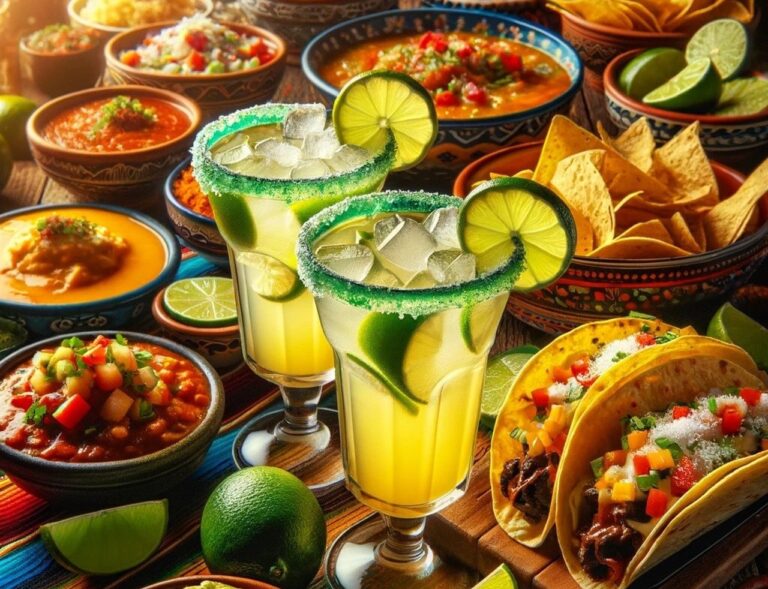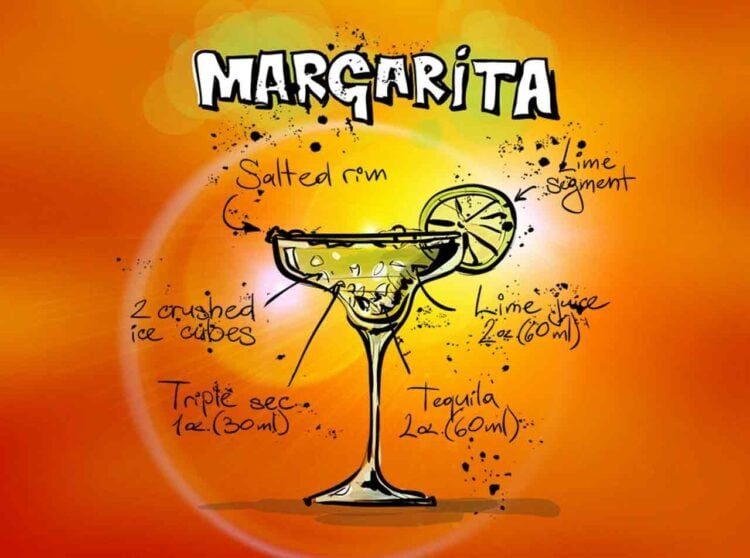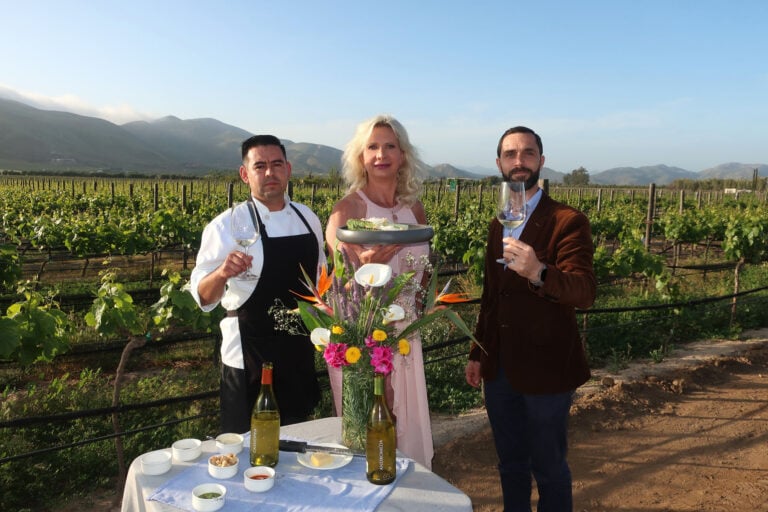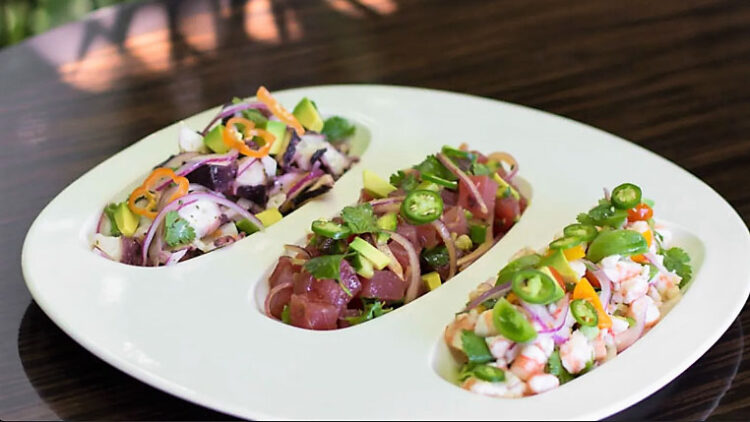Le Voyage to Grey Goose
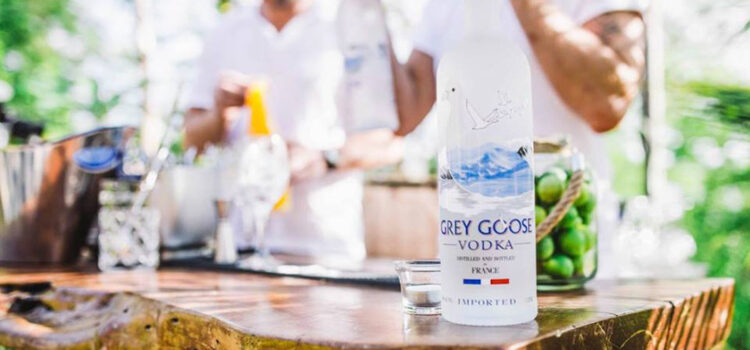
Vodka might not necessarily be French but France makes noteworthy vodka, as proven by its popularity in places like the U.S. Looking at a Dalí painting for the first time, you’d be hard-pressed to understand what’s going on; but spend an evening with Salvador and you might start to get it. We spent a few days with Grey Goose maître de chai (cellar master) François Thibault and we think we got it.
Picardy
It all starts in the winter wheat fields in Picardy, a fertile region northeast of Paris. Not a big tourist destination, but Picardy is very important to agriculture. “This region was selected for this tender wheat to make the best vodka in the world,” says François. With the best wheat and team for selecting premium grade wheat, local farmer Marc Egret is crucial to coordinating with three cooperatives the production of wheat.
Wheat Harvest
Marc’s family has been in the 500-person village of Tupigny for two centuries and eleven generations, producing successful men. In 2004, his father transferred the farming operation to him, ensuring pride, continuity and delivery of a quality product. The climate and terroir with lyme sand clay textured soil retains water to generate deep roots of up to two meters. Only winter wheat is used in the production of Grey Goose Vodka. This long growing season, which begins in March, ensures a mature and rich grain, and constant checks to optimize quantity and quality are performed. Harvest takes place when the grain hardens and only fifteen per cent water is left. Of note, this is not an organic operation but there is a great respect and balance for nature, and the farmers are dedicated to preserving
The Brand
With this quality crop begins the manufacturing process. Initially cast as a wine brand, Grey Goose became a vodka thanks to the venerable Sidney Frank; he teamed up with François Thibault who, had amongst other projects, created Cognac for chef Paul Bocuse. The vodka category allowed for a new cocktail generation. The true challenge for François was to create a distinctive flavor and style. And he has succeeded, as consumers now request Grey Goose by name. “We create a style with Grey Goose and it was a very happy start. Then came Bacardí which opened up a whole new world for the brand. I now have more exposure,” says François… and you can put a face to a name.
Production
For the distillery process, Grey Goose utilizes a quasi top-secret and dedicated facility in Origny-Sainte-Benoite not far from the fields and farms that are able to deliver a constant supply of the precious grain. To convert the wheat grain to alcohol, several ateliers are used, each performing a specific function 365 days a year. The production line never stops.
First there is Reception where wheat samples are continuously taken to weed out any impurities to check acceptable amidon (wheat starch) levels. Then straw debris and rock removal take place with shaking equipment followed by milling of the grain. Fermentation with special yeasts ensues, transforming the starch into sugar. After stops in six different fermentation tanks, the goal is to get rid of all the sugar. The resulting liquid with a ten per cent alcohol content, called wine, is sent to the column stills. During the distillation process, undesirable elements are removed. A total of five distillation steps are necessary to reach 95 per cent ABV Distillation. From there, the spirit is sent in tanks for storage and send to Cognac for bottling.
Cognac
True to his roots, Mr. Thibault is establishing the base of Grey Goose Vodka in the heart of Cognac, where he learned his trade in his hometown. Bacardí now owns the Château de Cognac where Cognac Baron Otard is produced right on the banks of the Charente River; oh, yes, and that’s where beloved King François Ier was born.
The headquarters of Grey Goose Vodka, in Gensac-la-Pallue in the Cognac region, sit right atop the spring of water filtered by layers of limestone used in the bottling process. The entire production is based in this state-of-the-art facility. Spirits arrive by truck from Picardy along with hermetically-sealed bottles which feature ceramic paint to help protect the environment. Both the capsule and glass are ID’ed for quality control so any errors can quickly be addressed.
The annual production of Grey Goose is not disclosed but the brand has achieved number one status in U.S. in the ultra-premium vodka category. Ninety three percent of Grey Goose sold is the standard variety.

